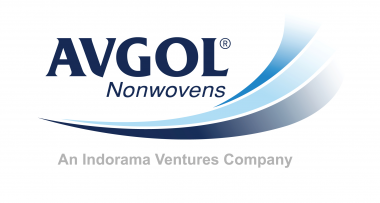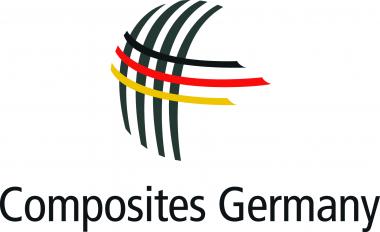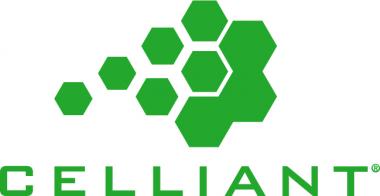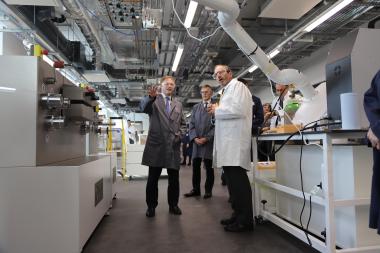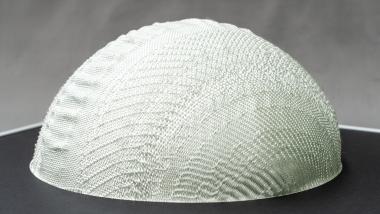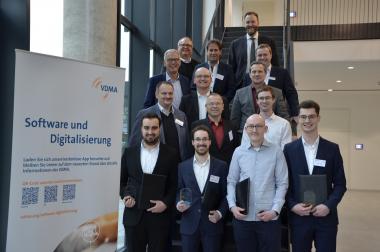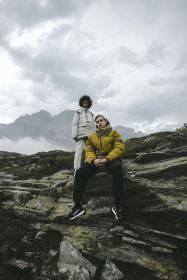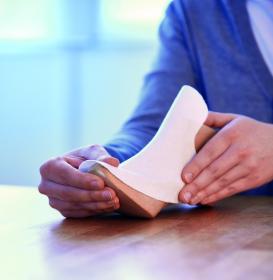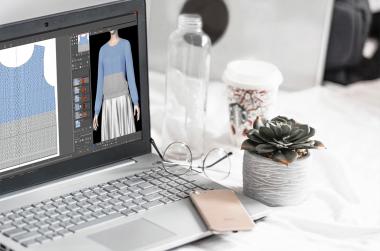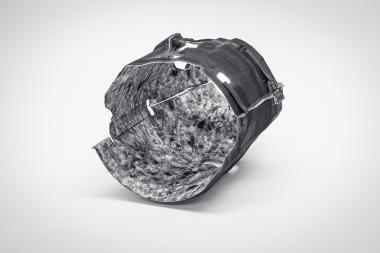Avgol® announces new line investment at US facility
Avgol® has announced a significant investment in a new high-speed, high-capacity flexible multiple beam production line at its facility in Mocksville, USA.
Avgol, an Indorama Ventures Limited company, is a leader in the hygiene market with a comprehensive range of ultra-lightweight spun-melt nonwoven fabrics. This new, sixth line at the company’s facility in Mocksville will see Avgol investing in new Reicofil 5 (RF5) technology and underlines the company’s commitment to the region as a domestic supplier. The investment will deliver biocomponent and corresponding high-loft capabilities, with the line producing materials for applications that meet the needs of upper tier products for Hygiene customers.
As part of the investment, Avgol is also introducing extra capacity for meltblown production, ensuring a continuous supply of this critical material for both the region and customers worldwide.
Another aspect of the investment includes the addition of cutting-edge lamination capabilities, which enables Avgol to offer enhanced performance products into the existing markets the company serves, as well as to explore new opportunities in other markets.
Avgol by Indorama Ventures Limited / PHD Marketing Ltd


